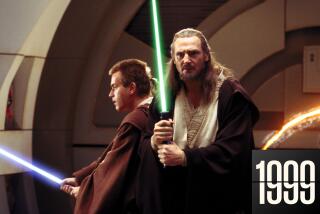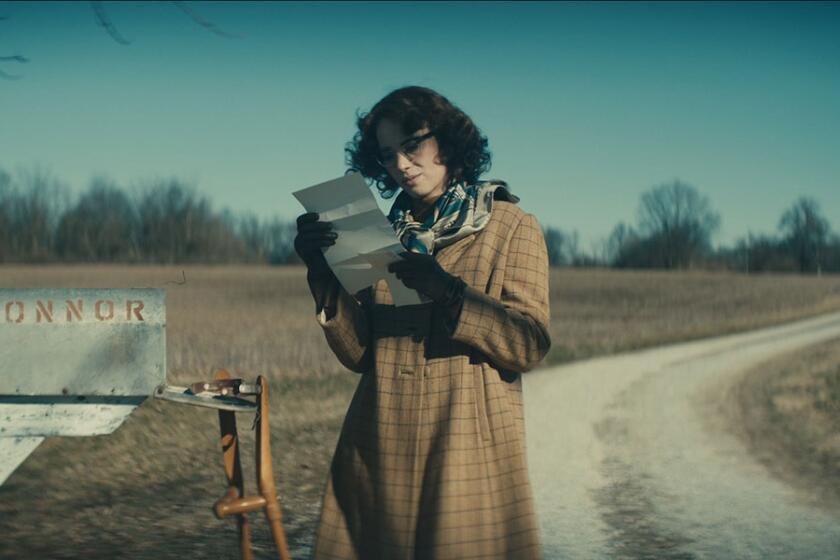What ‘Avatar’ and James Cameron set in motion
The box-office phenomenon “Avatar” has become well known for its technological advancements and visual triumphs -- it creates a photo-realistic universe where the alien creatures seem to live and breathe, its immersive 3-D somehow making viewers forget that they’re watching images on a screen. So, how exactly did director James Cameron perform this feat and create a watershed moment in cinematic evolution?
It took more than 3,000 people and 10,000 computers roughly 4 1/2 years to create Pandora, the verdant planet that is the setting for the science fiction-adventure film, and its 10-foot-tall blue-skinned inhabitants known as the Na’vi. These slender aliens move and emote with lifelike fluidity and grace, in part because the movements of the actors were painstakingly recorded by a multitude of cameras and translated into digital re-creations.
The film represents a milestone for the technology used for such computer-generated characters as Scrooge in director Robert Zemeckis’ film “A Christmas Carol.”
Cameron and his producing partner, Jon Landau, invested about a year-and-a-half in research to determine whether they could realistically bring Cameron’s vision to life -- without the robotic movements or “dead eyes” that marred some early attempts at creating computer-generated characters through the use of performance-capture technology.
To accomplish this, Cameron and his team developed a new system to capture facial expressions using a head-rig camera to accurately record the smallest nuances of an actor’s performance. This technique replaced a system in which 80 markers are glued to an actor’s face to capture the muscle movements for the computer.
By using this new approach, Landau said Cameron was able to eliminate about 80% of the cameras that were once required to capture the face. This freed the “Avatar” team to use a larger motion-capture stage to record the actors’ broader movements for scenes that included riding galloping horses and engaging in dogfights between space-age aircraft and flying creatures. Some 120 black-and-white surveillance cameras on their soundstage in Playa Vista filmed the performances from every conceivable angle, and software translated the movements into computer-generated skeletons.
Cameron’s approach was so novel, director Steven Spielberg and producer Peter Jackson borrowed the stage for a week and emerged thinking they would use the same methodology to create a new film trilogy, “The Adventures of Tintin: The Secret of the Unicorn,” based on a series of comic strips by Belgian artist Hergé.
“We had a slew of filmmakers come to the set; each one would see a different potential in our system for what they needed,” Landau said.
dawn.chmielewski @latimes.com
More to Read
Only good movies
Get the Indie Focus newsletter, Mark Olsen's weekly guide to the world of cinema.
You may occasionally receive promotional content from the Los Angeles Times.






